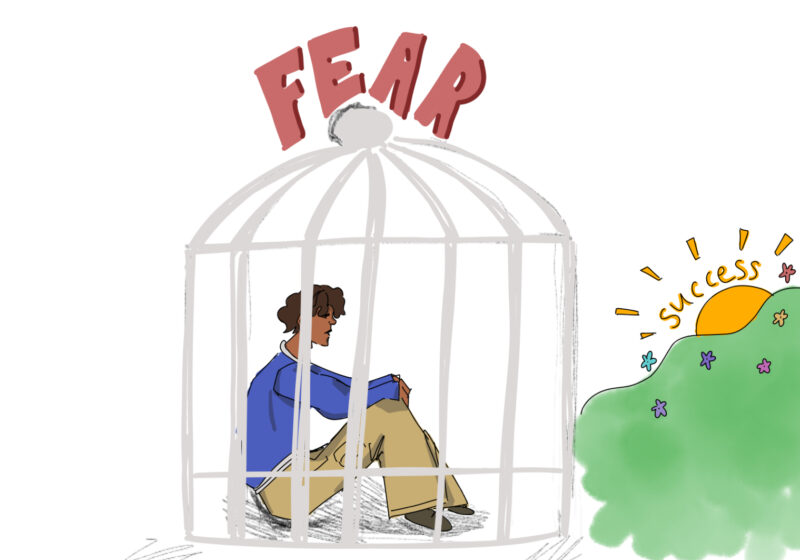We entered the 1,000 Pillar Temple in Warangal and were blessed. The monk applied the red mark — the Kumkum — to our grimy, dirty, ignorant, American foreheads in this holy place.

Tourists draw attention and stares in the crowded markets of the densely populated city of Hyderabad, India on a sunny afternoon.
There were stares all around us. Piercing, unwavering, persistent. Staring into our eyes. Staring back did nothing.
Videos were shot of us. Photos were taken. Indians approached us, sometimes giddy and nervous, and asked to take photos with us. The next day we appeared in photos and articles for at least two local newspapers.
From the Taj Mahal and the Red Fort of Agra, to the caves of Ajanta and Ellora, to the Ramappa Temple, to the cheesy Ramoji Film studios, to walking down the streets of Hyderabad or Delhi or the Pink City of Jaipur, we stick out.
We, foreigners, are the tourist attraction.
Much of the excitement resides in the rough side of travel. Three hours outside of Hyderabad, for example, lies the small city of Warangal. The city is at the heart of the Telangana region of the Andhra Pradesh Province, a hotbed of separatist politics for the Telangana minority.
We arrived in the city by train on second sitting class, assaulted by child beggars and the scent of urine and cow dung. Second sitting is the cheapest class, where Indians stand for hours on end. Trains operate with no air conditioning, you have to push through like human sardines to enter or exit. On our ride back our seats were taken by a gaggle of women and children and we did not have the heart to force them out. I spent my three-hour ride standing, engaged in a conversation with an American doctor returning to see his ailing mother and a child who taught me to count to 10 in Telugu.
On another train we missed our stop because we simply could not push our way out of the train car through the throng of closely packed people.
On a third I sat with the train workers who repeatedly attempted to make me write with my right hand. Writing with your left hand can be considered a sign of dirtiness, especially considering Indian caste notions of purity and pollution.
Farther from Warangal is the small town of Melugu, whose existence is reliant on the main road that bisects it. Cows, like in so much of India, idle in the dusty streets.
Here, to host a wealthy foreigner is an honor and a sign of prestige. Indian men offered us a ride on their two motorbikes, fitting four people on each. We soon became best friends and conspicuously said cheers over a “Thums Up” (similar to Coke) at one man’s small cell phone shop so that the whole village could see. We ate at a local restaurant with our hands — the common way to eat. I could not open my eyes under the food’s torrent of spice and heat.
To a foreigner, chaos pervades. Auto rickshaws, cars, motorbikes, bicycles and people form a chaotic and terrifying mess on the roads. There are no street signs and traffic lights are often a suggestion. In India, smell assaults you. The smell of spices and street vendors is mouthwatering. The air is thick and buttery with a myriad of scents. The heat and humidity are oppressive during monsoon season.
Stories of travel, however, can obfuscate the true importance of what you are visiting. There is such history here, it’s impossible to visit everything. Empires have risen and fallen over centuries, while you spend just days visiting their ruins. And, like living anywhere on the globe, you meet a diverse group of people that make the journey special.




